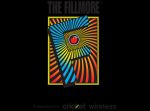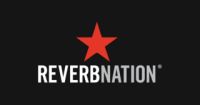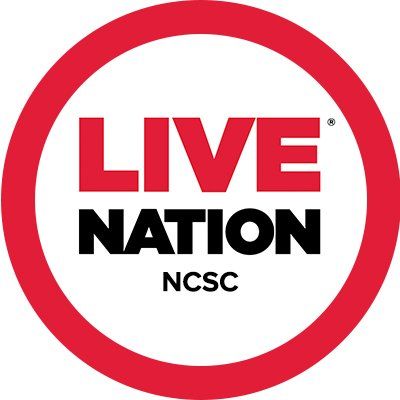One hundred and nineteen songs and 56,830 artists live streaming near you
One hundred and nineteen songs. That is how many submissions I received last week from artists, bands, agents, and management and PR groups pitching music for me to review. Actually, that is about the number I receive every week
Before you wonder how I review one hundred and nineteen songs every week, be aware that is a tiny fraction of all the music released every seven days worldwide. Hyperbot.com reports that 60,000 songs are uploaded to Spotify every day by 8 million artists; 90% of them come from just 57,000 artists, according to Musicbusinesswordwide.com, and a very tiny fraction of those make the most money and get the majority of views.
This means that the 119 songs sent to me last week will, by the end of the year, be competing with approximately 137 million other songs.
No wonder you have trouble keeping your playlists up to date.
So how do they compete, other than asking me to write reviews and recommend them in my Hot Half Dozen column every week? Live music is one way.
Yes, live music is back, at least for now. At the end of July over 100,000 people attended the four-day Lollapalooza concert in Chicago’s Grant Park (shown in the photo). They came to see over 170 bands on 8 stages and created one of the largest mega-events in the U.S. since the beginning of the pandemic. Those 170+ bands – which included the likes of Megan Thee Stallion, the Foo Fighters, Miley Cyrus, and Jessie Reyez – received a huge boost in fan recognition (not to mention their fees).

But what about the other 56 830 bands that upload 90% of Spotify’s music and aren’t included in big festivals like Lollapalooza, not to mention the 8 million other artists who upload the other 10% of Spotify’s music? How do they get recognized?
Small tours and festivals used to be an important avenue for smaller bands and artists, but not much anymore. The US music tour/festival industry dropped from $5.5 billion in 2019 to $1.2 billion last year as many, many tours and festivals just stopped. And what was left largely went to a handful of artists who were the same ones who are in the top .1% of Spotify uploaders, not the 56,830.
So, many of the 56,830 count on local clubs as the best avenue to get their names out and make a little money. There is no exact number of music venues in the US, especially since many closed due to Covid restrictions, but some are re-opening with mask and vaccination requirements in place. This means the other 99% of bands have a way to make a living or part of one, and to get their songs on personal playlists, word-of-mouth promotion, and even some algorithms.
But that may not last as the Delta Covid variant spreads. Already Los Angeles County’s regulations require large indoor events/venues to obtain vaccination or negative test results and recommended that large outdoor event operators verify the full vaccination status or negative COVID test result for all attendees or ask them to wear masks. This will/has spread to other locations as Delta tears through the population (certain governors notwithstanding).
Lollapalooza reported that 90% of its attendees in July were vaccinated, but few masks were in evidence. Given that the Delta variant is now suspected of causing “breakthrough infections” – infecting people who have been vaccinated, it may not be long until the “recommended” in health department guidelines, becomes “required.”
This brings me to live stream. Statistica.com reports that live streaming music performances on the internet generated $10.1 billion in 2020 and the global market was twice that. A survey of 1000 music fans by the music agency UTA found that three-fourths turned to stream live performances during the pandemic and that over half of the respondents planned to continue streaming live music even if clubs and tours returned to pre-pandemic operations.
Given that the US revenue from streaming is almost 10 times that of touring last year and twice what it was in 2019, it seems like streaming live music is here to stay. More important, live streaming music is what economists call “disaggregated” – virtually anyone can live stream their performances on Facebook, Instagram, or YouTube and build a fan base without the cost of touring or advertising. It may not be easy, but no gatekeepers are keeping small bands or their fans out.
Livestream performances are now where the 56,830 go to get noticed and for many, get paid. If the UTA survey is a good indicator, live stream performances are where they will continue to go. Live music won’t go away, especially for the 0.01% who populate the stage at Lollapalooza and other festivals and mega-events. But live streaming is now the way for the 56,830 to build fan numbers, collect money and get their art out there. And that is a good thing because it means that favorite little band of yours, or your band, has a way to get as much attention as the .01% on Spotify or the 170 bands who make it to the Lollapalooza stages.

But, even as they stream live, I know that at least 119 of them will send me their songs every week.




























